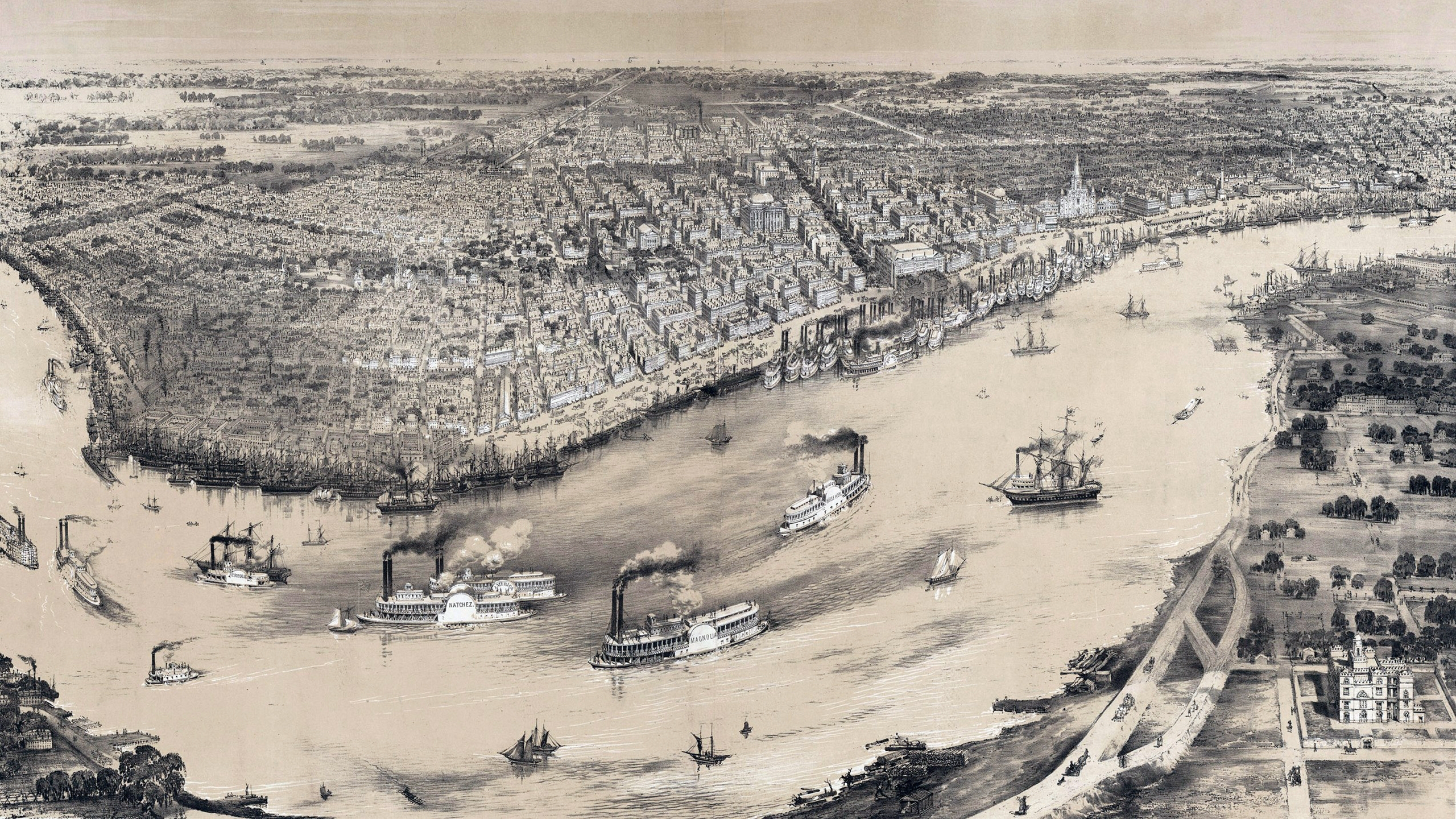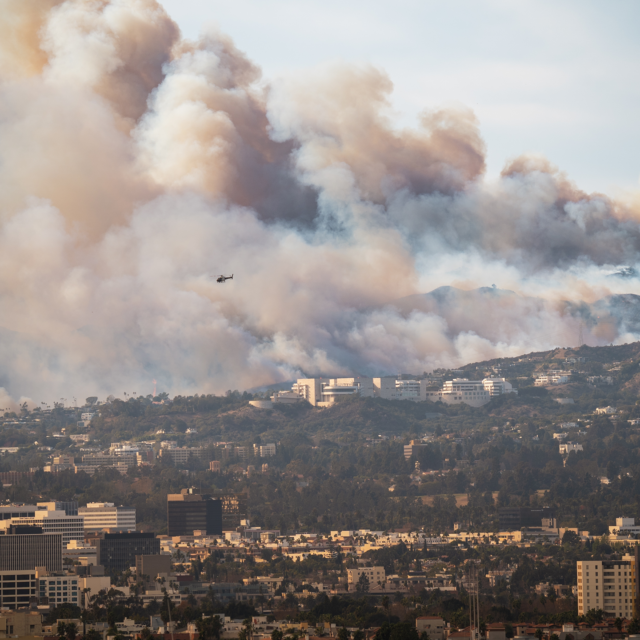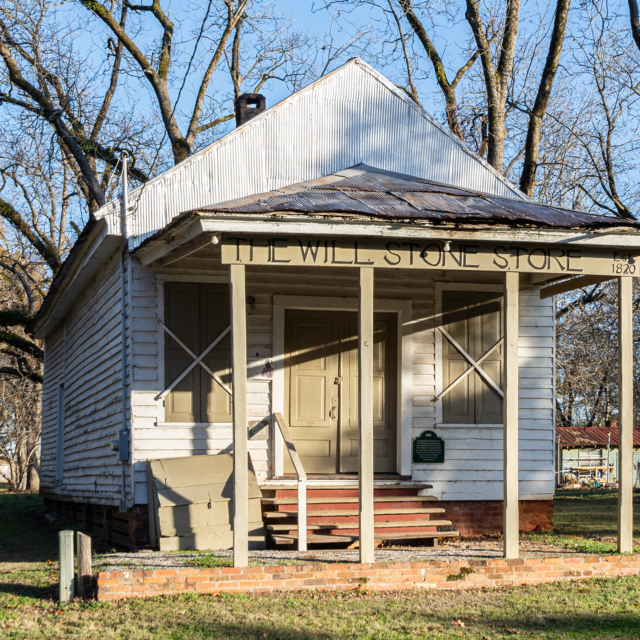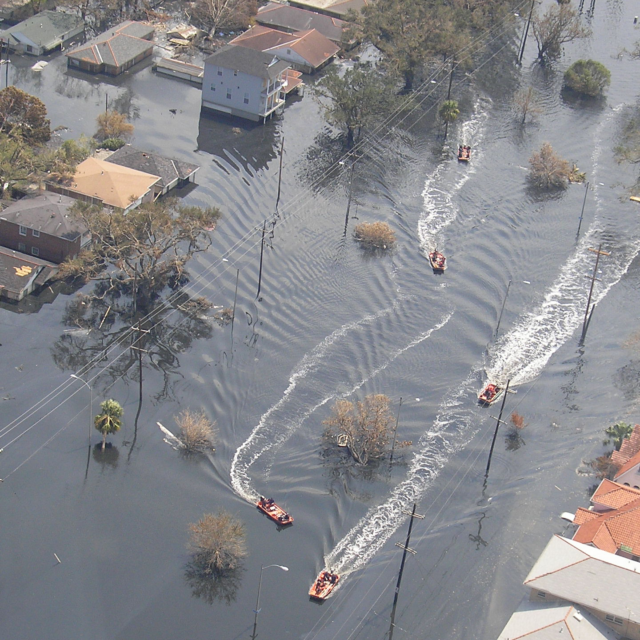Cities and states along the I-10 are having to consider many existential questions as the climate warms. Looking to the future, the question is whether these communities can adequately respond and adapt to intensifying storm patterns, rising sea levels and extreme drought.
It’s a radical shift in thought, given that earlier centuries of American settlement were primarily focused on developing technologies to bend nature to our will. The century that unfolds before us now suggests these roles may ultimately become reversed.
It is hard to find a more compelling historic example of this high wire walk between man and nature than in the story of New Orleans, a city built upon particularly unforgivable lands. In this latest episode, Ten Across founder Duke Reiter speaks with Richard Campanella, author of Draining New Orleans: the 300 Year Quest to Dewater the Crescent City (2023) to understand the series of engineering decisions that created the city as we know it today — dangerously seated below a rising ocean and in the eye of intensifying tropical storms.
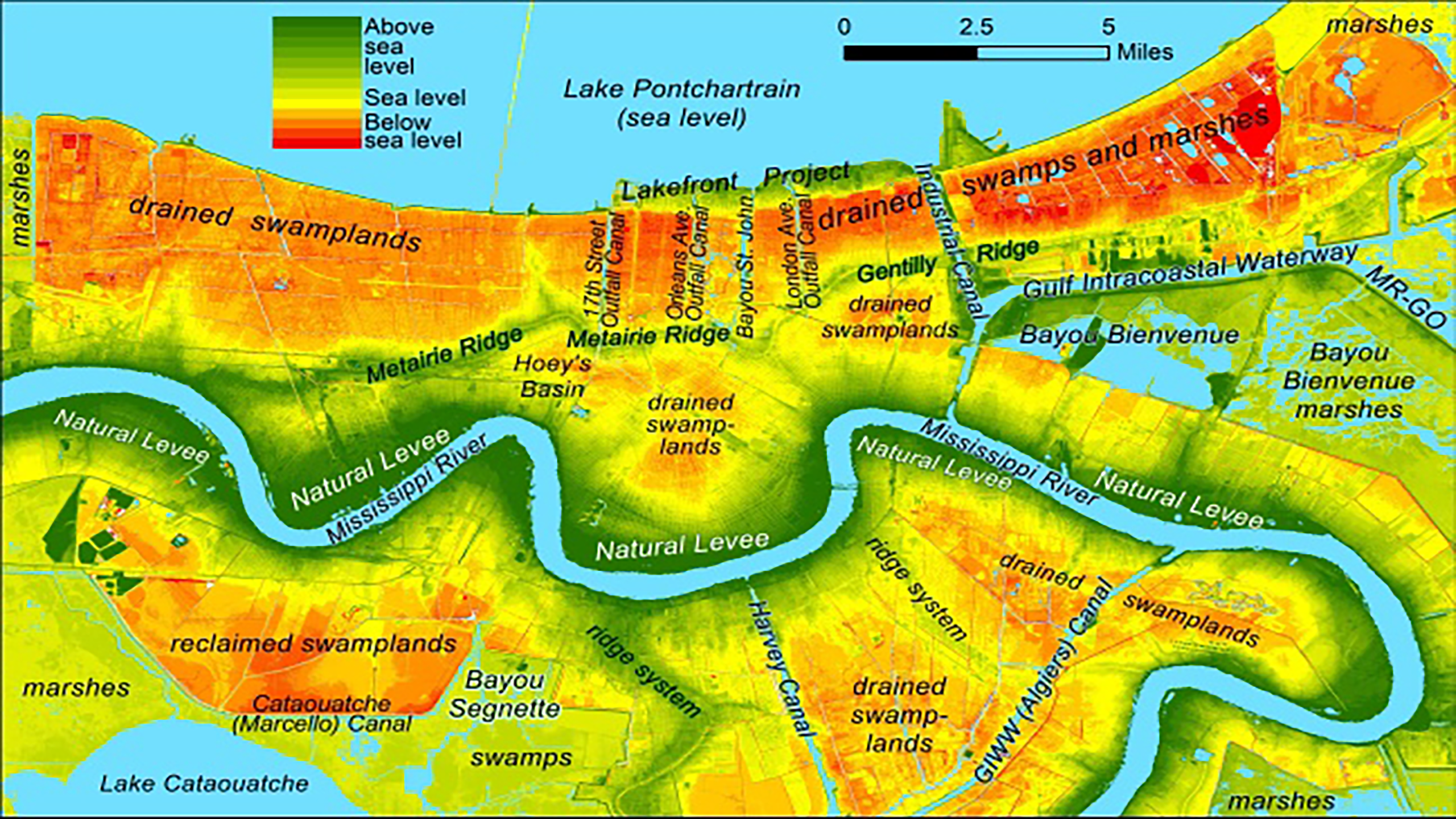
Notable Quotes
“The whole process of imperialism and colonialism was to occupy and to extract and to dominate. And that entailed viewing the water on the landscape as a problem to be solved rather than a condition to be adapted to… dewatering is exactly that.”
“People of every strata of society and every strata of education looked at the backswamp not only as limiting the potential of the city to grow, but as killing them. And it’s one of the few things that almost every human being in New Orleans well into the 20th Century agreed was a triumph and a great victory to drain the backswamp and to consider the engineers who did so to be heroes and even kings.”
Guest Speaker
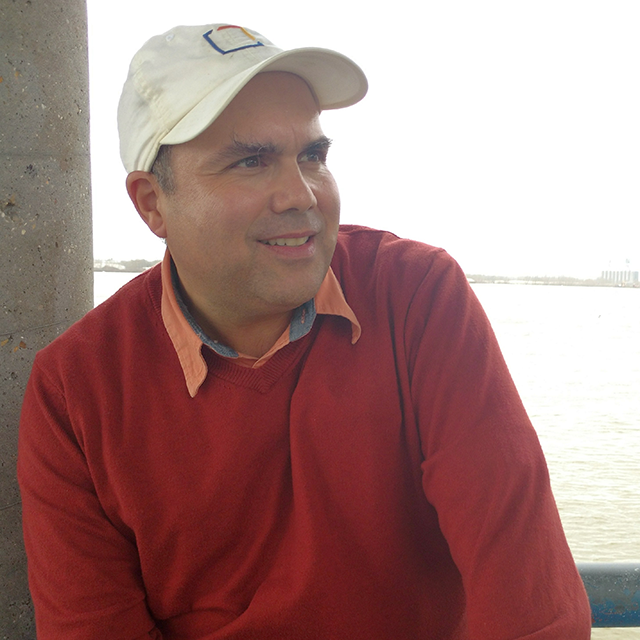
Richard Campanella is a professor of geography and Associate Dean for Research with the Tulane School of Architecture and the author of fourteen books and 250 articles on the geography, history, and culture of the New Orleans region.
